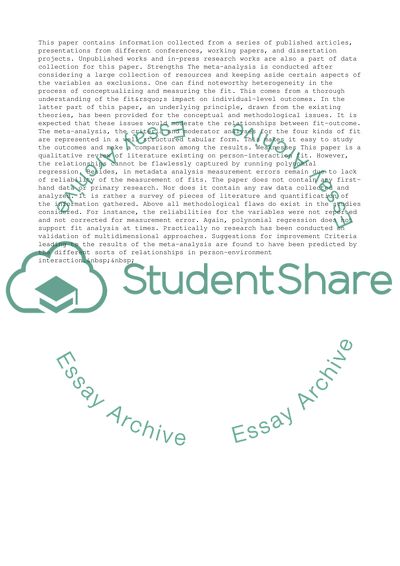Cite this document
(Analysis of Consequences of Individuals Fit at Work: A Meta Analysis Assignment, n.d.)
Analysis of Consequences of Individuals Fit at Work: A Meta Analysis Assignment. Retrieved from https://studentshare.org/management/1468741-organisational-behaviour
Analysis of Consequences of Individuals Fit at Work: A Meta Analysis Assignment. Retrieved from https://studentshare.org/management/1468741-organisational-behaviour
(Analysis of Consequences of Individuals Fit at Work: A Meta Analysis Assignment)
Analysis of Consequences of Individuals Fit at Work: A Meta Analysis Assignment. https://studentshare.org/management/1468741-organisational-behaviour.
Analysis of Consequences of Individuals Fit at Work: A Meta Analysis Assignment. https://studentshare.org/management/1468741-organisational-behaviour.
“Analysis of Consequences of Individuals Fit at Work: A Meta Analysis Assignment”, n.d. https://studentshare.org/management/1468741-organisational-behaviour.


